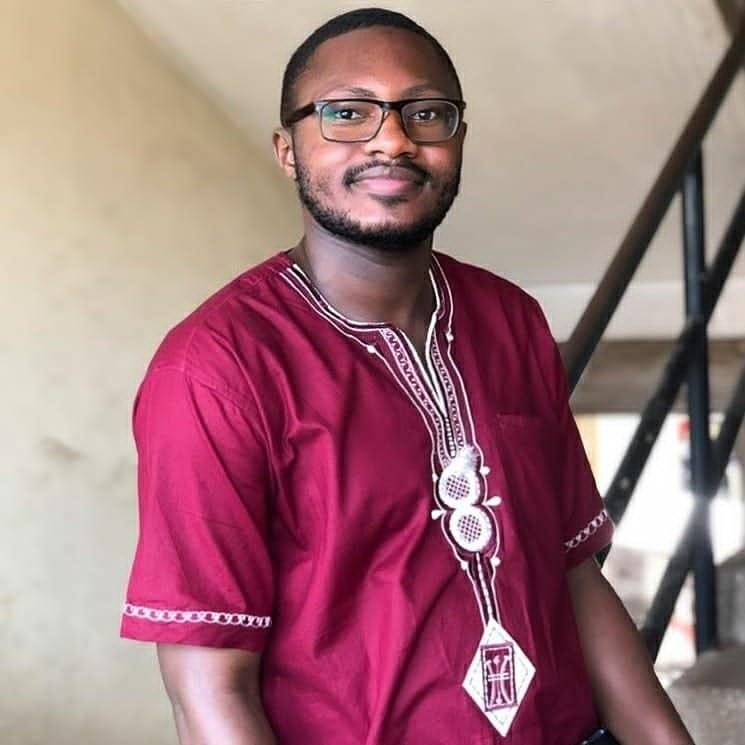You’ve seen those portraits—the ones that make you pause mid-scroll. Faces gaunt, limbs twisted like wire, eyes that stare right through you. At first glance, Egon Schiele’s art feels confrontational, even ugly. But lean in closer. Those jagged lines? They’re not mistakes. They’re a scream in graphite. A love letter written in bruises.
And here’s the thing: a century later, his work still feels dangerous.
A Life Lived in Hurry
Schiele burned fast. By 20, he’d already broken free of his mentor, Gustav Klimt, trading gold-leaf elegance for something far messier—truth. His figures weren’t idealized; they were exposed. Ribs jutting, fingers splayed like broken branches, bodies caught mid-shudder.
He died at 28, felled by the Spanish flu just days after his pregnant wife. Three thousand works in a decade. You wonder: if he’d lived longer, would his art have softened? Or would it have carved even deeper?
Not Pornography. Prayer.
Critics called him obscene. They weren’t wrong—just shallow. Schiele’s nudes aren’t about seduction; they’re about surrender. Take Seated Male Nude (Self-Portrait)—the way his own body seems to collapse in on itself, all sharp angles and shadow. It’s not a pose. It’s a confession.
In 1910s Vienna, where society wore corsets of propriety, Schiele painted the unspoken: desire as desperation, intimacy as collision. His models—often lovers, sometimes children—aren’t objects. They’re mirrors.
Lines That Tremble
Most artists use line to contain. Schiele’s lines escape. They quiver, scratch, dig under the skin. His figures look like they’re dissolving—or maybe being born.
Negative space does the heavy lifting. A hollow cheek, the gap between a wrist and thigh. It’s not anatomy; it’s energy. You don’t see his subjects—you feel them.
Death Sat in the Studio
Even his most erotic work smells of mortality. Skull-faced lovers. Wilted flowers beside ripe flesh. Schiele didn’t romanticize death; he drank with it.
Can you blame him? His father died syphilitic. War raged. Then the flu took his wife and unborn child. Of course his art screams.
Why We Can’t Look Away
Let’s be honest: Instagram wouldn’t love Schiele. No filters, no flattery—just nerve endings on display. But that’s the gift he left us.
In a world obsessed with curation, Schiele’s work is a fistful of raw diamonds. Beautiful? Not always. But alive? Ferociously.
Maybe that’s why his sketches still feel like live wires. They remind us: to be human is to be unfinished. Unpretty. Unapologetically here.
So tell me—when was the last time art made you blink?



